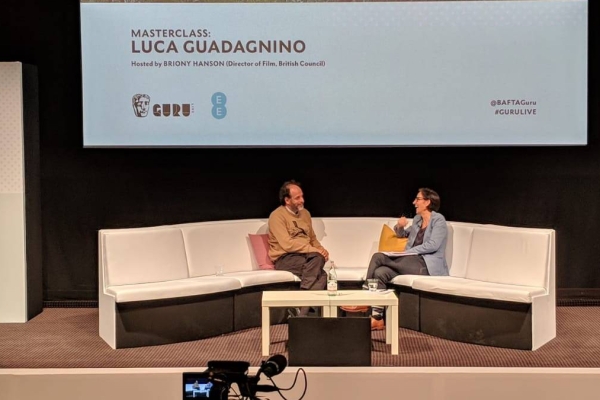Thursday and Friday saw two very different kinds of professional exchange about social media. On Thursday around 75 non-profit based delegates came to Bristol’s light and airy Southville Centre to exchange their knowledge. On Friday, a cluster of PRs came to listen to Sky News online editor John Gripton and last-minute no-show ‘Twitter Correspondent’ Ruth Barnett (@ruthbarnett) talk about scanning networks for news. These are my thoughts.
Although Jacqui presented a case study at the IoF’s southwest gathering that’s much the same as the ones we’ve done before, the questions were surprisingly different. As we do the Q&A together, I found myself talking far more about how we decide which networks we break which stories on, the penalties and privileges of running our own network and the cons and – in my opinion non-existent – pros of sending automatic messages on Twitter. Even better, we also got to hear case studies that we haven’t seen listed on the conference circuit thus far.
The most interesting of these was from Comic Relief. Of course as a one-off event every two years (with newer Sport Relief in between), fundraising is far more straightforward for the team than it is for a 365 operation. But interestingly, having harnessed the power of social networks to spread the word, the Comic Relief crew discovered that this obliged them to create a 365 persona: a huge crew of supporters is now waiting to be treated as long-term partners, not brief donors. They also found the online giving through networks was not that high (online giving generally was, but that was the inevitable movement from phone lines to broadband). And though their social media strategy seemed finely honed and planned, a lot of it was ad hoc and working it out as they went along, with help from agencies.
That was thoroughly heartening. For a start it means that even a big organisation that deals in many, many millions at a time doesn’t get everything right first time. But much of what they did was not expensive or complicated, it just required a lot of tenacity and perhaps the clout of a big name. Now they’ve opened the doors – getting mobile networks talking about customisable phone donations, for example – why shouldn’t any other charity with a creative, committed team not benefit? A huge budget is not required, or even desirable. Networks are far more about awareness, marketing and customer service than they are about fundraising, but occasionally the two can come together for the benefit of all concerned.
There was also an opportunity to listen to a talk about The Big Give, an innovative donation-matching scheme pioneered by recruitment don Alec Reed. Matching major donors with projects – not, crucially, charities – it also runs a fundraising drive where the first £1m of donations is matched by The Big Give pot. This, they’ve found in their research, makes supporters (isn’t ‘donors’ a loathesome word? So cold, and almost inaccurate) more generous. This year they’re trying a slightly more complicated scheme where the charities raise a certain amount before the major drive, it’s matched and then there’s the big fundraising event with more to be matched – read about it on the site, it makes sense eventually! Since the last Big Give raised £2m in 45 minutes, it’s definitely one to watch.
Friday’s gathering was very different, and a little disappointing. On the one hand, it was a great opportunity to get an idea of the best way to contact Sky’s online team and get interesting stories to them. On the other hand, much of it was very much common sense e.g. don’t call to ask if someone’s got your email. That’s PR 101 and it’s old-fashioned ‘get on the phones’ bosses that need to be told that, not the jobbing PRs caught in the middle. Also, it was disappointing that there were no specifics about how they scan social networks for news. In a handy pre-recorded interview to make up for her unavoidable absence, Ruth said people should carry on doing their stuff online and she’d see it and decide if it was interesting enough to broadcast. But HOW would she see it? There’s so much out there. I tweeted her afterwards asking which tools, apart from hashtag searches and trending topics she used to search. We use the great Twilert, but are always keen to know of other conversation-tracking tools and would love to know how to get attention in all the noise on Twitter! That was on Friday and she’s not replied yet, but she does have to have weekends off, I guess!
Tools are the big focus for me, going into my second year at Dogs Trust. Tools for conversation-tracking, for influence-tracking (because that shows awareness – being seen as leaders is great and a bonus, but this is about doing our best for our charity). Solid metrics that are not only about the cash but about those sometimes hard to define marketing goals. We can’t fall into the fluffy charity trap. I’m also hoping to do some marketing qualifications and put into formal terms some of those things I already instinctively know, not to mention rack up some new things. It’s an exciting, forward-thinking time, where social media needs to be seen not as discreet, but as another avenue for good marketing and customer service.









